Gifted and Dyslexic: Identifying and Instructing the Twice Exceptional Student [downloadable]
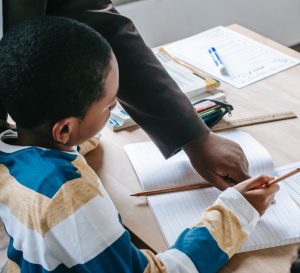 As individuals, each of us has a unique combination of strengths and weaknesses. But sometimes we are exceptionally strong or weak in certain areas. In the school setting, students with exceptional strengths and weaknesses may have different instructional needs than other students. Twice exceptional or 2e is a term used to describe students who are both intellectually gifted (as determined by an accepted standardized assessment) and learning disabled, which includes students with dyslexia. Read more ›
As individuals, each of us has a unique combination of strengths and weaknesses. But sometimes we are exceptionally strong or weak in certain areas. In the school setting, students with exceptional strengths and weaknesses may have different instructional needs than other students. Twice exceptional or 2e is a term used to describe students who are both intellectually gifted (as determined by an accepted standardized assessment) and learning disabled, which includes students with dyslexia. Read more ›
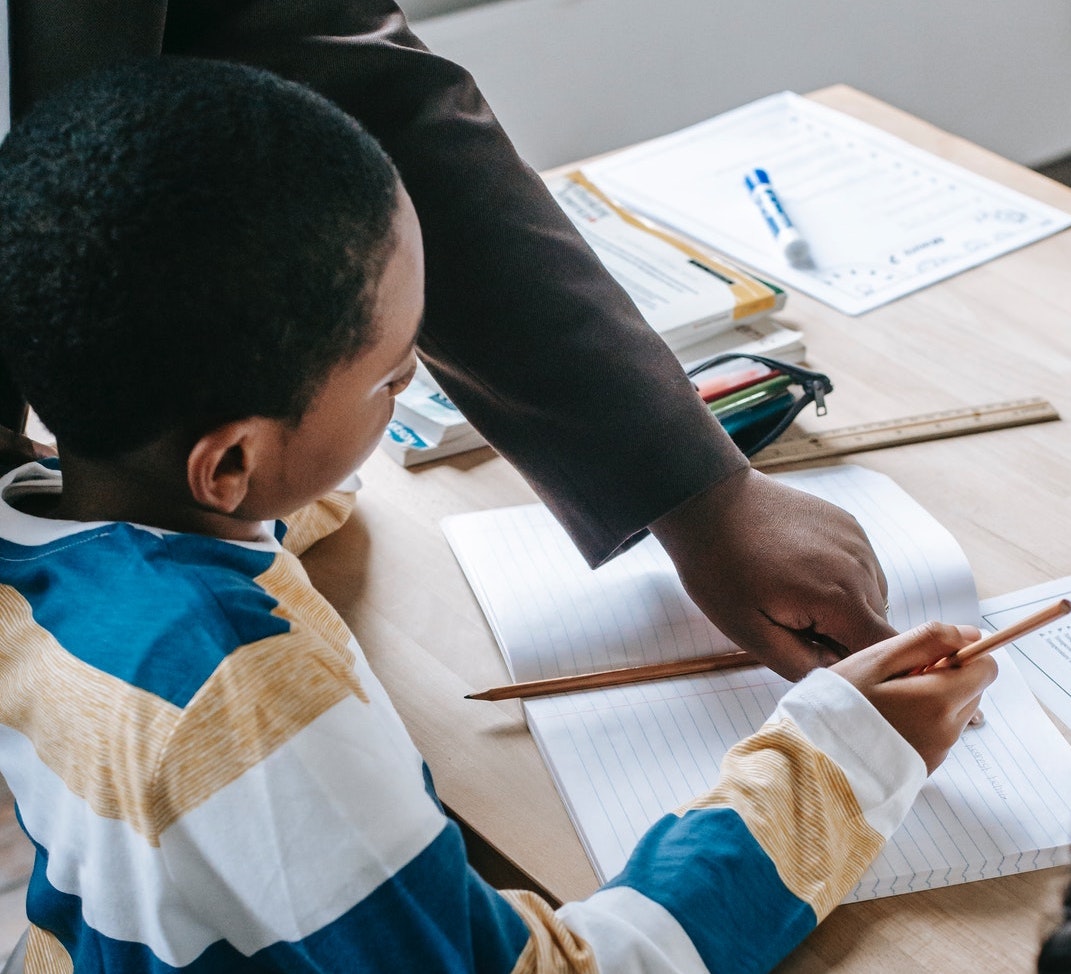
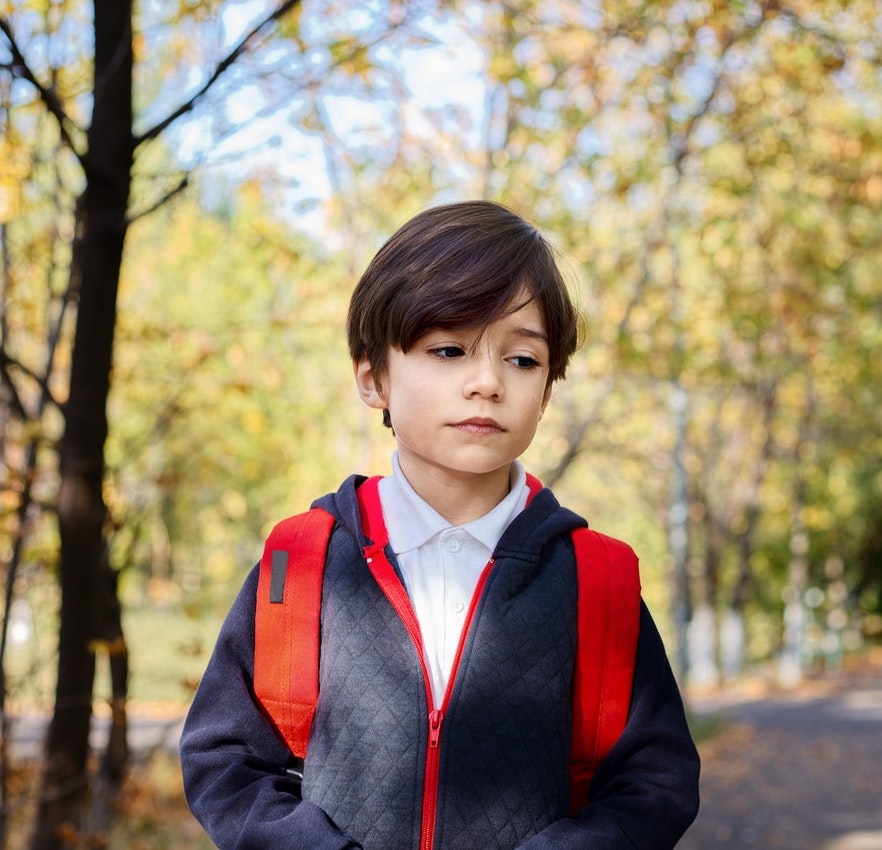
 When a child is struggling in school, the first step to finding help is figuring out what’s getting in his way. As a starting point, you need an evaluation of your child’s learning profile, to identify strengths and weaknesses, and suggest what kind of support he might need to thrive.
When a child is struggling in school, the first step to finding help is figuring out what’s getting in his way. As a starting point, you need an evaluation of your child’s learning profile, to identify strengths and weaknesses, and suggest what kind of support he might need to thrive. 
 Reading aloud to children has been shown to improve reading, writing and communication skills, logical thinking and concentration, and general academic aptitude, as well as inspire a lifelong love of reading.
Reading aloud to children has been shown to improve reading, writing and communication skills, logical thinking and concentration, and general academic aptitude, as well as inspire a lifelong love of reading.
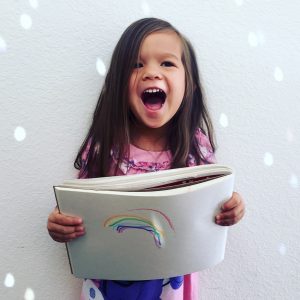 Many parents note that one silver lining of these scary and unprecedented times is the opportunity to spend much more time with their children. However, this increased attention can sometimes lead to more worries: is my child delayed? Are they reacting to the anxiety of these times? Or am I just more concerned and sensitive because of my own personal stress?
Many parents note that one silver lining of these scary and unprecedented times is the opportunity to spend much more time with their children. However, this increased attention can sometimes lead to more worries: is my child delayed? Are they reacting to the anxiety of these times? Or am I just more concerned and sensitive because of my own personal stress? 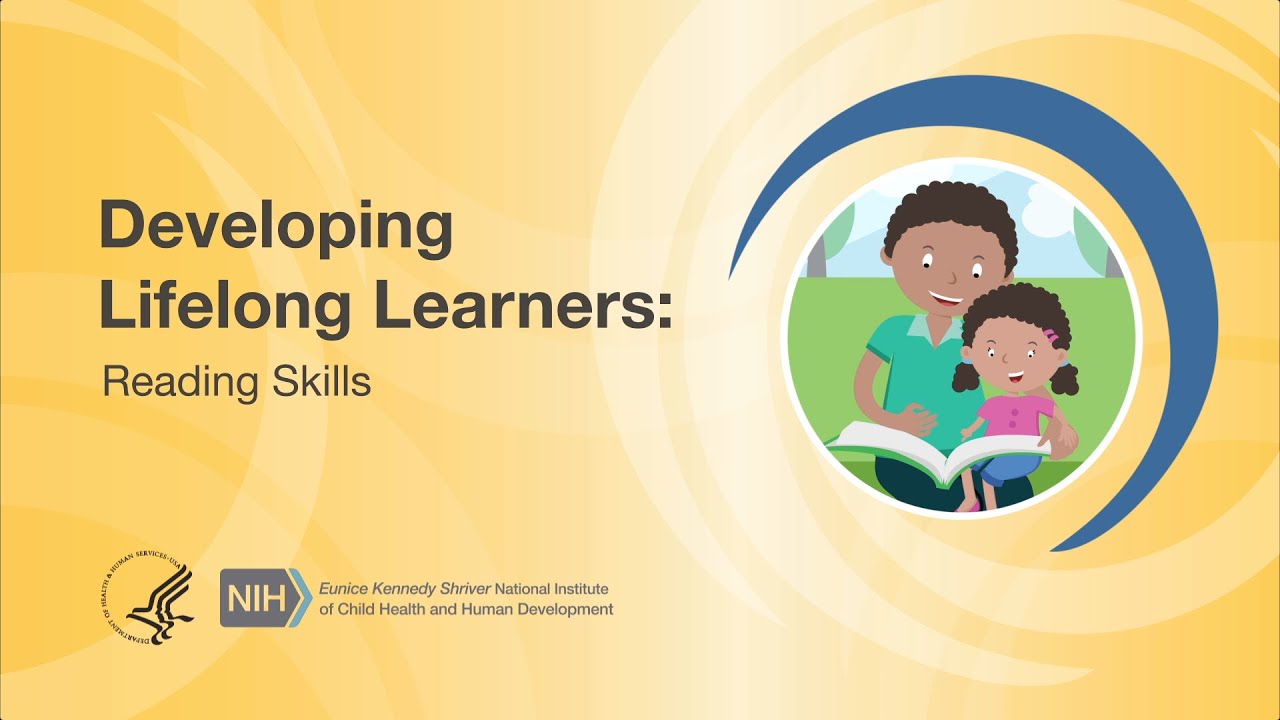

 A child’s success as a reader begins much earlier than the first day of school. Reading, and a love for reading, begins at home. Reading Rockets’ one-page parent tips offer easy ways for parents to help kids become successful readers.
A child’s success as a reader begins much earlier than the first day of school. Reading, and a love for reading, begins at home. Reading Rockets’ one-page parent tips offer easy ways for parents to help kids become successful readers. 
 At each age in a child’s life, there are predictable levels of skill to expect. We have outlined the
At each age in a child’s life, there are predictable levels of skill to expect. We have outlined the 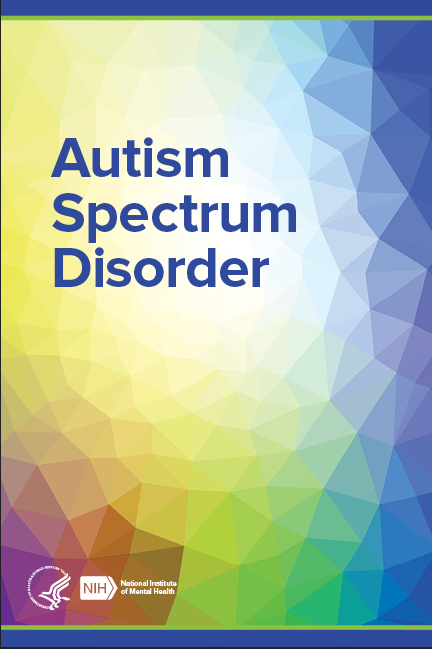
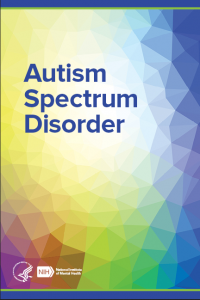 Autism spectrum disorder (ASD) is a developmental disorder that affects communication and behavior. Although autism can be diagnosed at any age, it is described as a “developmental disorder” because symptoms generally appear in the first two years of life.
Autism spectrum disorder (ASD) is a developmental disorder that affects communication and behavior. Although autism can be diagnosed at any age, it is described as a “developmental disorder” because symptoms generally appear in the first two years of life. 
 Kids start developing communication skills from the moment they’re born. Newborns quickly begin to recognize important sounds in their environment, such as their parents’ voices. As they grow, babies start recognizing the sounds that form language, such as the way syllables, words, and sentences work.
Kids start developing communication skills from the moment they’re born. Newborns quickly begin to recognize important sounds in their environment, such as their parents’ voices. As they grow, babies start recognizing the sounds that form language, such as the way syllables, words, and sentences work. 



